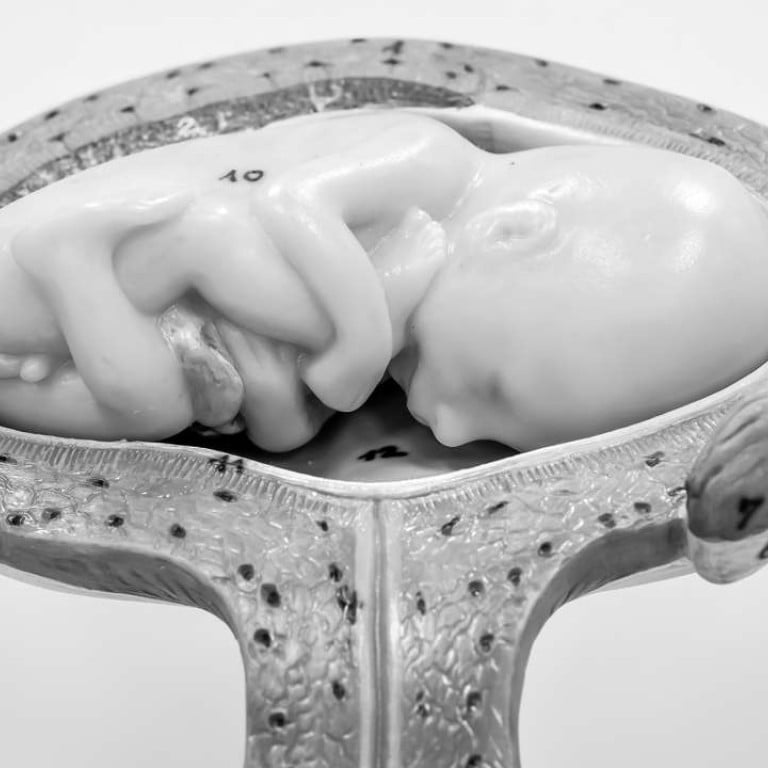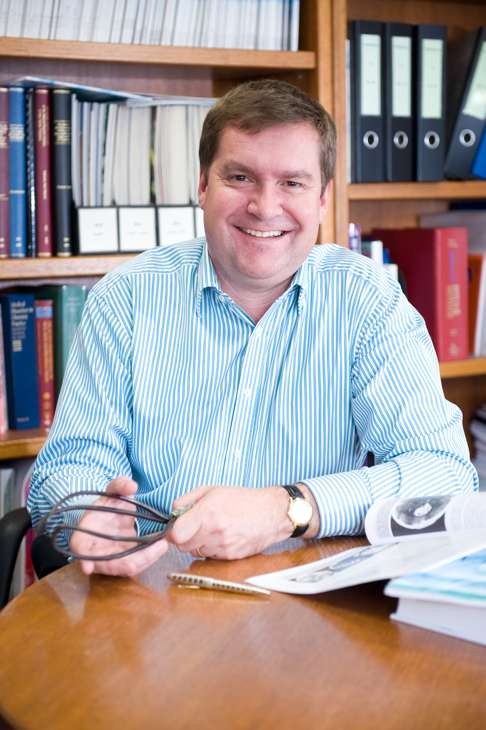
Pioneering treatment uses stem cells from placenta on preterm babies’ lungs
The placenta is a miracle of nature, providing a fetus with oxygen, nutrients, hormones and water, while filtering out pathogens. Now its stem cells are being used to repair damaged lungs in premature babies
A woman’s placenta is usually disposed of after birth. But for Professor Euan Wallace and his team at Monash University in Australia, the organ is anything but a waste: the researchers use stem cells harvested from the placenta to repair the damaged lungs of premature babies in a world-first clinical research trial.
The therapy, developed by Wallace’s team over the past 10 years, involves administering human amnion epithelial cells, extracted from part of the placenta called the amniotic membrane, to the lungs of premature babies with bronchopulmonary dysplasia.

“It’s a horrible disease actually. Not only do these children have very bad lungs, but the disease is also associated with brain injury because in the early days, they have problems getting enough oxygen around their body. So if you follow these children as they grow up, they have learning difficulties, higher rates of cerebral palsy, and all sorts of other things,” says Wallace.
“We know if they go home alive, they’re much more likely to return with childhood lung disease. For healthy adults, in our 70s and 80s we get shorter breath because our lungs get stiffer. Predictably that’s going to happen to these children in their 40s or 50s – they are going to age faster.”
Two babies were recruited for a phase 1 trial – essentially a safety trial – which should be completed by next year.

If the phase 1 trial proves successful, the team will look to treat a larger number of patients. Wallace says the next phase has already been designed: it will probably involve about six nurseries and a total of 30 to 60 children.
“Long-term, we are looking to develop a treatment for premature babies with chronic lung diseases like bronchopulmonary dysplasia, which could be rolled out in hospitals around the world,” says Wallace. “If we can intervene in the days after their birth to successfully ‘rebuild’ these babies’ lungs using the cells, we could increase survival rates and halt long-term complications.”
Shaped like a disc, the placenta contains cells from two distinct people – mother and embryo/fetus – something unique in natural biology. In just about every other situation, cells from another organism are considered by the body as pathogens to be killed. This is one reason why transplanted organs are so often rejected by the body. But the placenta allows the cells from two organisms to cooperate and not “kill” each other.
Wallace’s team uses cells from the placenta membranes. “One of the roles that those membranes have in utero is to make the mother’s body tolerate the baby’s antigen and not reject the pregnancy. And so really by accident we’re capitalising on that property of the cells,” he says. “So we can give any placenta cells to any recipient. Unlike other stem cells, we don’t have to tissue match, or give rejection-suppression drugs or immunosuppressive drugs. Any animals we’ve tested on – sheep, rabbits and mice – have also accepted these human cells and not rejected them.”
Placentas are collected from full-term healthy pregnancies from women having caesarean sections – due to timing and sterility reasons. Within half an hour of delivery, the membranes are stripped off the placenta and the cells are harvested, cleaned and frozen in a lab.
About 200 to 300 million cells are harvested from a placenta. The babies get a single dose of about 3 million cells per kilogram body weight, or about 5 million cells in total through a drip. Wallace estimates the treatment to cost about A$2,000 (HK$11,300) per dose – cheaper than the A$3,000 for one day in the hospital’s nursery.
“We have billions of cells sitting in our freezers. It’s a ready source,” he says. “It’s the perfect biological material for regenerative medicine, because they are easy to get and cheap to isolate relative to adult stem cells. You don’t have to proliferate them in a lab because you’ve got enough of them. They don’t form tumours. Their chromosomes are stable. They almost look too good to be true.”
Wallace explains that the cells work by modifying the body’s own response to injury. Recently, his team has also discovered that the cells also trigger the lungs to stimulate their own host stem cells.
“So the cells are not working like embryonic stem cells by turning into lung cells, but they are working by rebooting the patient. So the lung can say, okay injury is over, it’s now time to repair and regenerate,” Wallace says.
Amnion epithelial cell treatment is also showing promise in animal models for liver cirrhosis, and Wallace’s colleagues at Monash will soon start a clinical trial involving 12 patients using these stem cells as a therapy to reduce the need for liver transplantation.

